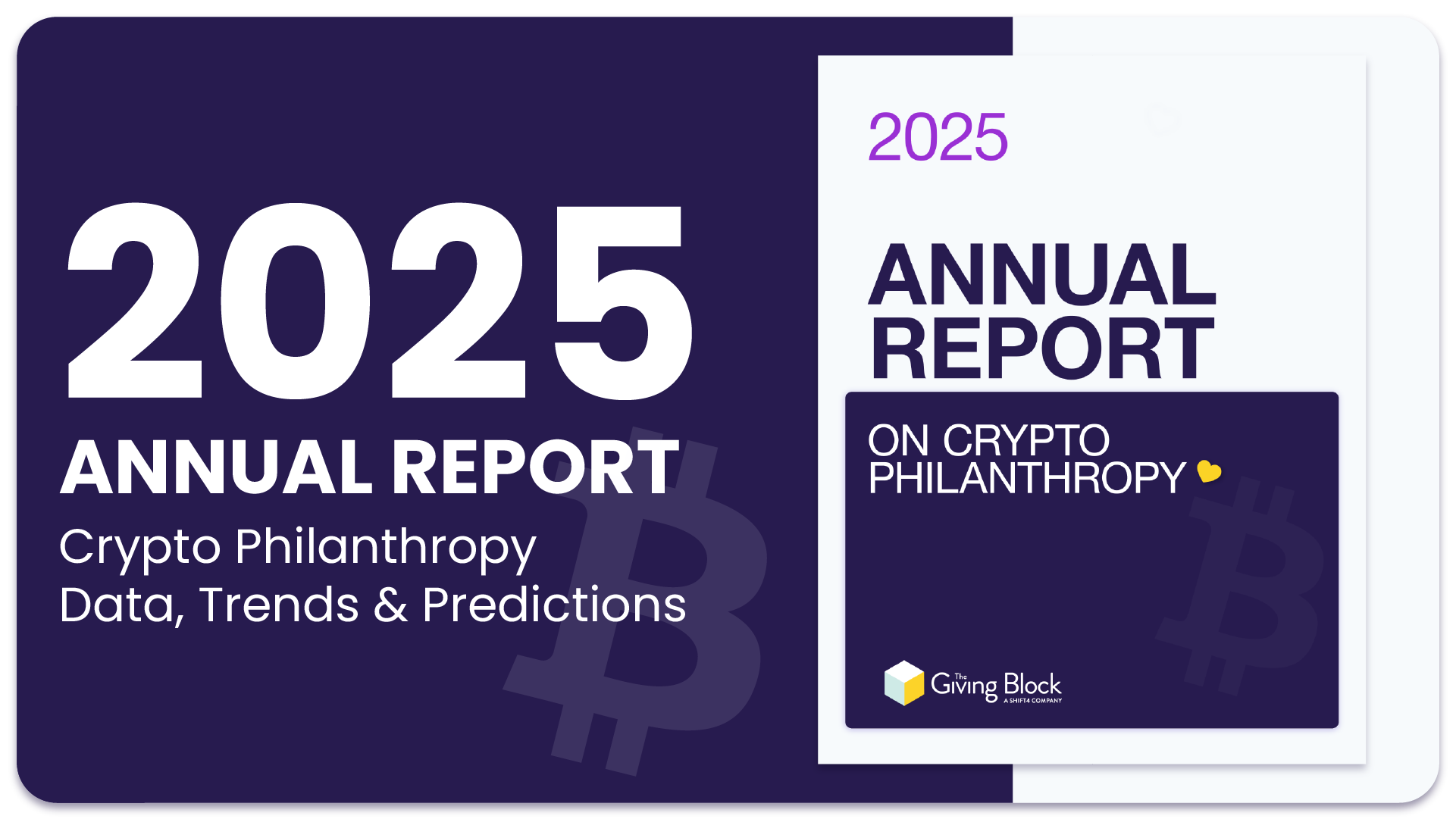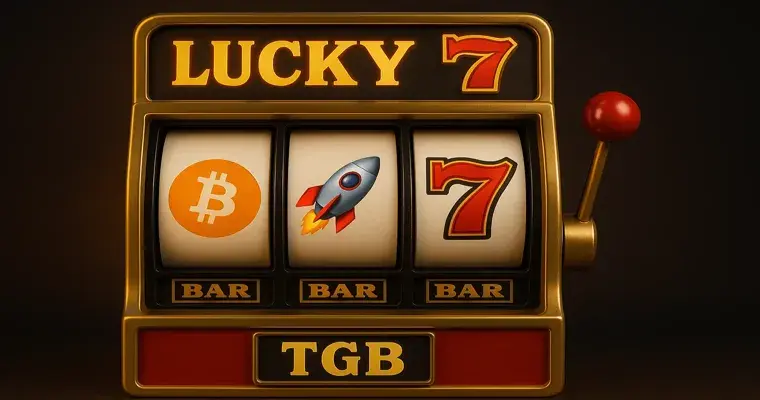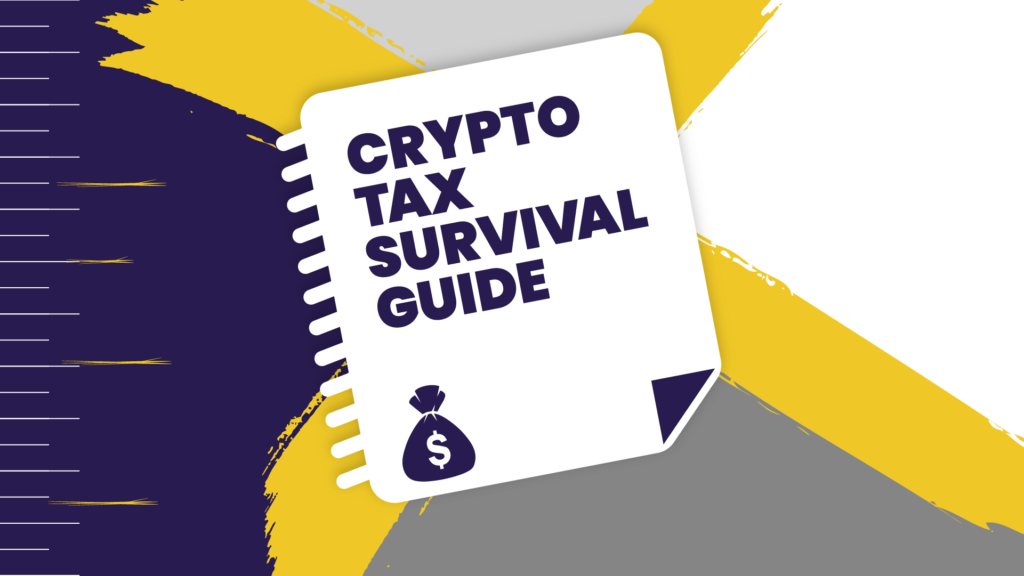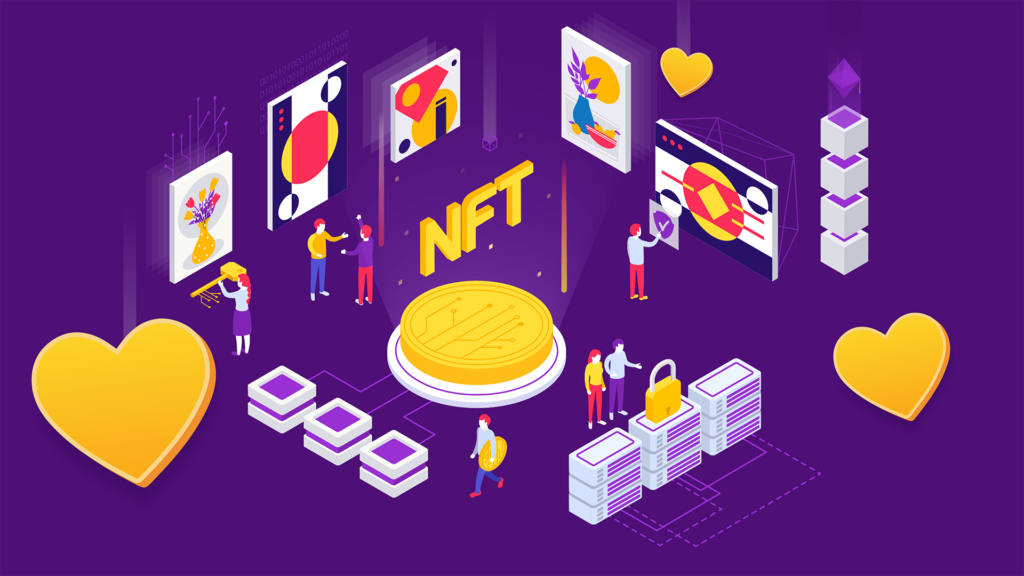This op-ed is a guest post written by James Siegal, Senior Fellow and former CEO at KABOOM!, the nonprofit organization committed to ending playspace inequity. KABOOM! unites with communities to build kid-designed playspaces that can spark joy and foster a sense of belonging for the kids who are often denied opportunities to thrive. You can follow James on Twitter at @JamesSiegal.
At the same time, I know that many of my fellow web3 travelers reject this toxic culture and embrace a very different vision. As Kinjal Shah of Blockchain Capital pointedly put it, “If web3 moves forward without building for underserved and underrepresented populations, we’ve failed.” The advent of web3 does not guarantee a better future, but it raises the stakes for actively working to make sure technology contributes to justice, equity, and inclusion.
Today, plenty of organizations working towards those goals are now tapping into the crypto/web3 space for fundraising opportunities, collaborative partnerships and more:
- Organizations such as UNICEF and others are utilizing blockchain technology to increase access to financial services.
- Propelled by the thought leadership of its Chief Strategy Officer Alex Gladstein, the Human Rights Foundation is elevating Bitcoin as a driver of human rights and free and open societies.
- OutRight Action International is marshaling the creativity of NFT artists to fuel its LGBTIQ human rights work around the globe, including in Ukraine.
- There are many efforts underway to leverage blockchain technology to promote regenerative agriculture, increase environmentally conscious consumption, reduce carbon emissions, and take other steps to address climate change.
Meanwhile, we at KABOOM! are in the early stages of thinking through how blockchain technology can be leveraged to reward community participation and leadership and to drive more equitable allocation of public resources for community assets such as playgrounds.
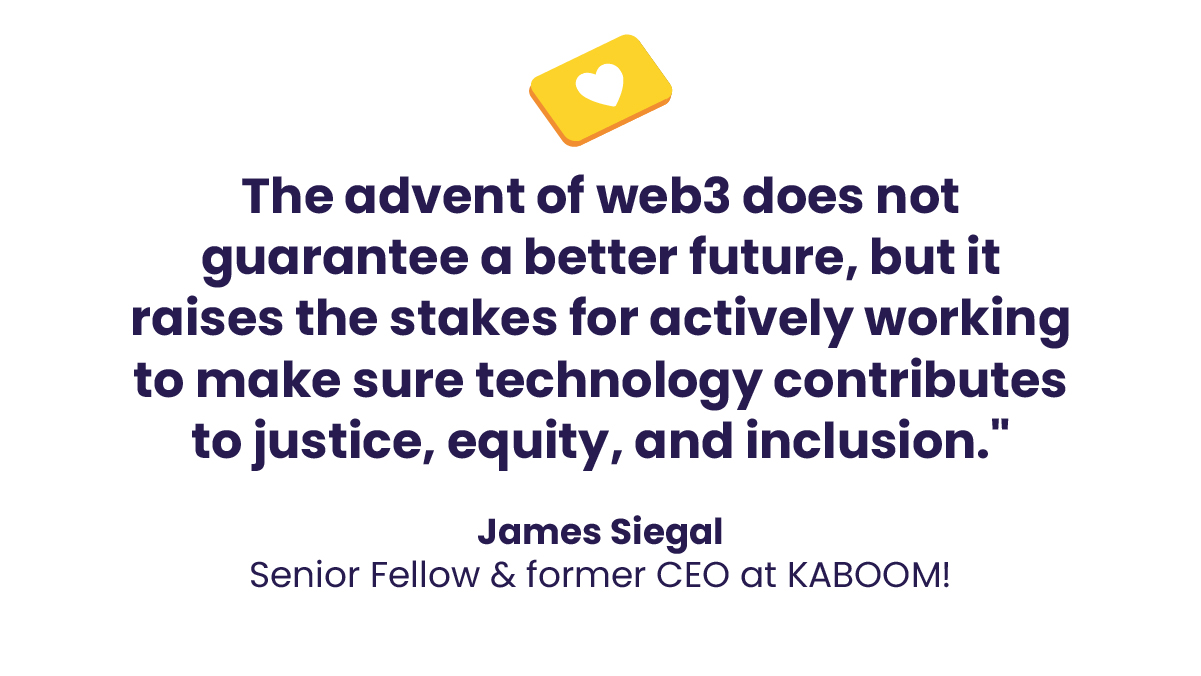
Embracing Web3’s Boldness, Optimism and Generosity
I’d suggest that the great unifier across web3 is not extreme Libertarianism or a toxic culture, but rather the belief that suboptimal systems can and should be changed. That’s why the pairing of the crypto community and equity- and justice-focused nonprofits holds so much potential.
In my work at KABOOM!, I see on a daily basis the result of failed systems. Disinvestment in predominantly Black and brown communities has led to shocking inequity in the opportunities children have to play and experience the simple joys of childhood. I have also seen two primary responses to this inequity. The first is despondence, grounded in the belief that these problems are too big to change. The second is resolve, grounded in the belief that, precisely because of the nature and scale of the inequity, these systems must be changed.
I’m bullish on web3 and Crypto Philanthropy because I’ve experienced the web3 community’s incredible resolve, coupled with an overriding sense of optimism. In some ways, this optimism is not surprising given the youthful, innovative nature of web3. Nonetheless, it is incredibly refreshing for someone like me who has spent decades in government and the nonprofit sector fighting an uphill battle against broken systems.
I have also been overwhelmed by the generosity of the web3 community, with so many people willing to open their crypto wallets to give to meaningful causes. However, we must be careful not to replicate the shortcomings of traditional modes of charitable giving. As Dave Kim from the web3 social impact community Future Foundation puts it, “Let’s not have just a tech-savvy bake sale.” In a practical sense, I’d suggest that we need to avoid creating crypto giving incentives that:
- Burden overly busy people with the fewest resources to fix a problem they didn’t create
- Force fundraisers to spend a lot of time and money in order to raise just a little bit
- Raise small amounts to tackle big problems
- Condition donors to give only if they get something sweet in return
- Position donors as better than the people who bear the brunt of the problem
Instead, we need to value the experience, innovation, vision, and leadership of the people closest to the problem, who are already finding solutions despite scarce resources.
So, for the crypto donors who are reading this, please tap into what makes the web3 community special, which is the impulse to pursue large-scale, lasting impact. I encourage you to look for philanthropic opportunities with nonprofits that are not only optimistic about changing broken systems, but have a plan for creating better ones. Lasting solutions inevitably require many charitable organizations to work with government agencies and policymakers—not ignore, sidestep, or cripple them. It will also require explicitly embracing equity and inclusion and shifting power to the communities closest to the problem.
Hopefully everyone in the crypto space, including those who prefer minimal government involvement in our lives, can understand that long-term societal improvements are often created when communities, donors, nonprofits and government can all help drive positive change for our world together. But if taking that stance means that my organization won’t get support from a segment of the crypto community that believes otherwise, then I’m willing to take that risk. I’d rather bet on the rest of the web3 community that sees the potential for blockchain, crypto, and NFTs to create a better world for everyone. WAGMI!
Browse through The Giving Block’s case studies to learn all about how nonprofits define and achieve success with crypto fundraising.










